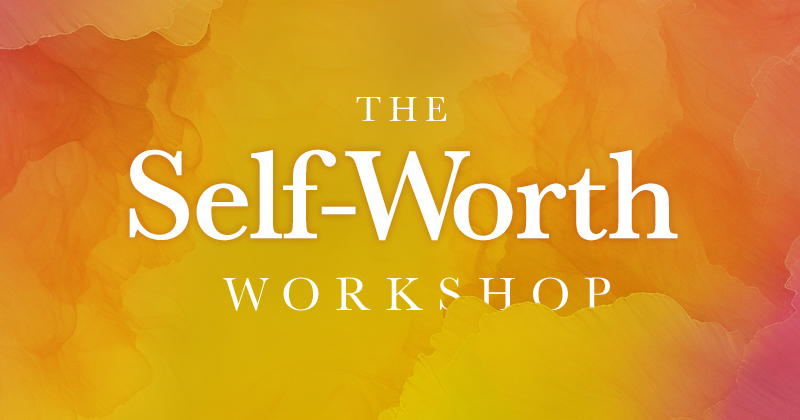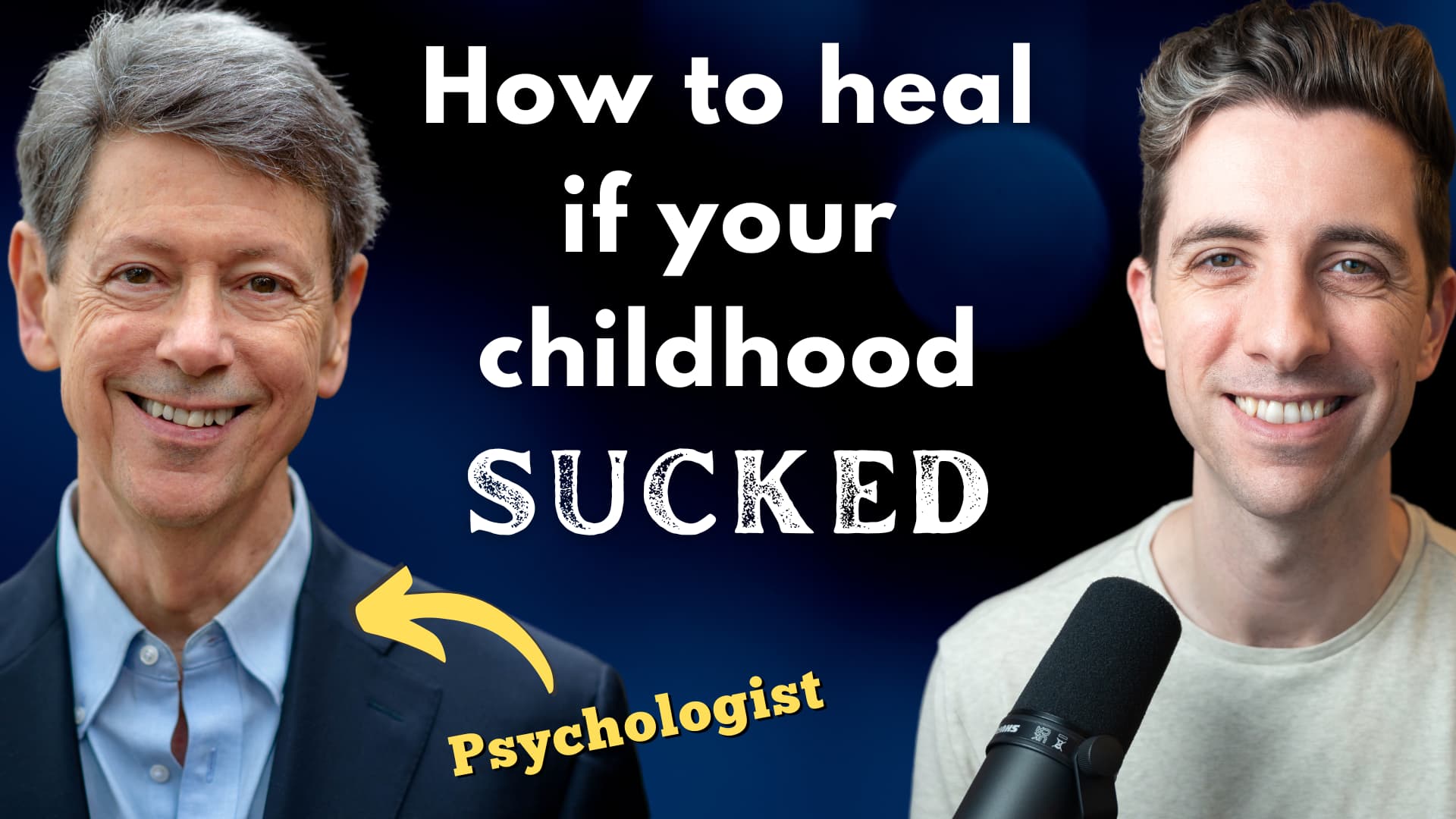What puts people at ease?
The Practice: Give no one cause to fear you.
Why?
We evolved to be afraid.
The ancient ancestors that were casual and blithely hopeful, underestimating the risks around them – predators, loss of food, aggression from others of their kind – did not pass on their genes. But the ones that were nervous were very successful – and we are their great-grandchildren, sitting atop the food chain.
Consequently, multiple hair-trigger systems in your brain continually scan for threats. At the least whiff of danger – which these days comes mainly in the form of social hazards like indifference, criticism, rejection, or disrespect – alarm bells start ringing. See a frown across a dinner table, hear a cold tone from a supervisor, get interrupted repeatedly, receive an indifferent shrug from a partner, watch your teenager turn her back and walk away . . . and your heart starts beating faster, stress hormones course through your veins, emotions well up, thoughts race, and the machinery of fighting, fleeing, freezing, or appeasing kicks into high gear.
The same thing happens in the other direction: when you send out any signal that others find even subtly threatening, their inner iguana gets going. That makes them suffer. Plus it prompts negative reactions from them, such as defensiveness, withdrawal, counter-attacks, grudges, dislike, or enlisting their allies against you.
Thus the kindness and the practical wisdom in the traditional saying, “Give no one cause to fear you.”
You can – and should – be direct, firm, and assertive. Without needing to fear you, others should expect that if they break their agreements with you or otherwise mistreat you, there will be consequences: you reserve the right to speak up, step back in the relationship if need be, take away the privileges of a misbehaving child or the job of a dishonest employee, and so on. But this is simply clarity. Rocks are hard; you don’t need to fear rocks to take their hardness into account: I know this as an aging rock climber!
Much of the time the fear – the anxiety, apprehension, unease – we trigger in others are mild, diffuse, in the background, maybe not even consciously experienced. But studies show that people can feel threatened by stimuli they’re not actually aware of. Think of the little bits of irritation, caustic tone, edginess, superiority, pushiness, nagging, argumentativeness, eye rolls, sighs, rapid-fire talk, snarkiness, demands, high-handedness, righteousness, sharp questions, or put-downs that can leak out of a person – and how these can affect others. Consider how few of these are necessary if any at all – and the mounting costs of the fears we needlessly engender in others.
Think of the benefits to you and others of them feeling safer, calmer, and more at peace around you.
Get Tips Like This Delivered Right to Your Inbox
You can unsubscribe at any time and your email address will never be shared or sold.
How?
Assert yourself to the things that matter to you. If you are sticking up for yourself and getting your needs met, you won’t be as likely to get reactive with others.
Appreciate that the caveman/-woman brain inside the head of the person you’re talking with is automatically primed to fear you, no matter how respectful or loving you’ve been. So do little things to prevent needless fears, like starting an interaction by expressing whatever warmth, joining, and positive intentions are authentic for you. Be self-disclosing, straightforward, unguarded. Come with an open hand, weaponless.
As you can, stay calm in your body. Get revved up, and that signals others that something bad could be coming.
Slow down. Fast talk, rapid instructions or questions, and quick movements can rattle or overwhelm others. Sudden events in our ancient past were often the beginning of a potentially lethal attack.
Be careful with anger. Any whiff of anger makes others feel threatened. For example, a crowded and noisy restaurant will suddenly get quiet if an angry voice is heard since anger within a band of primates or early humans was a major threat signal.
Consider your words and tone. For example, sometimes you’ll need to name possible consequences – but watch out, since it’s easy for others to hear a threat, veiled or explicit, and then quietly go to war with you in their mind.
Give the other person breathing room, space to talk freely, a chance to preserve his or her pride and dignity.
Be trustworthy yourself, so that others do not fear that you will let them down.
Be at peace. Know that you have done what you can to help prevent or reduce fears in others. Observe and take in the benefits to you – such as others who feel safer around you give you less cause to fear them.
Know Someone Who Could Use More Peace in Their Daily Life?
Use the buttons below to share this article via social media or email.




